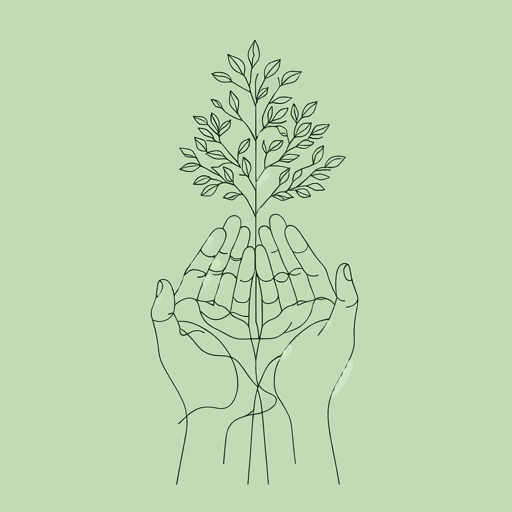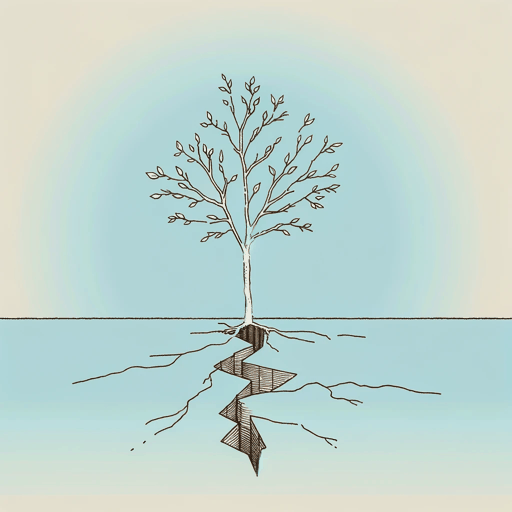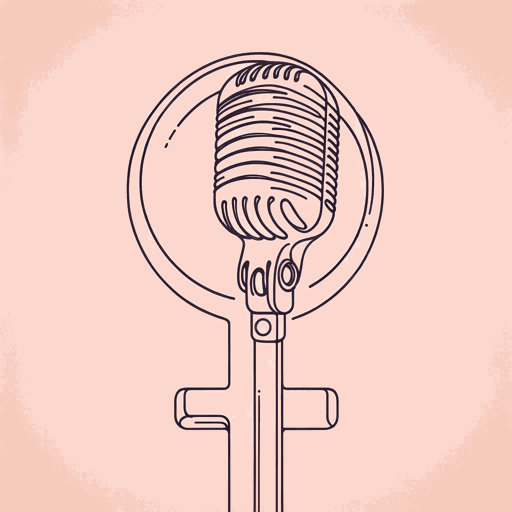51 pages • 1 hour read
Rebecca SolnitA Paradise Built in Hell: The Extraordinary Communities That Arise in Disaster
Nonfiction | Book | Adult | Published in 2009A modern alternative to SparkNotes and CliffsNotes, SuperSummary offers high-quality Study Guides with detailed chapter summaries and analysis of major themes, characters, and more.
Part 1Chapter Summaries & Analyses
Part 1: “A Millennial Good Fellowship: The San Francisco Earthquake”
Chapter 1 Summary: “The Mizpah Café”
Solnit begins with a “familiar” description of the earthquake and the ensuing fires, which were worsened by the authorities’ mismanagement. The citizens’ reaction, however, was less familiar. We meet Anna Holshouser, a beautician who left her damaged house and began a soup kitchen in a nearby park. The soup kitchen was renamed “the Mizpah Café” after a Hebrew word denoting a feeling of connection between people who are separated or a place where people meet in emergencies. The café had an outsized social role as a gathering place compared to its “ramshackle” appearance. Despite the heavy damage to the city and death toll of over 3,000, citizens were for the most part cheerful and happy to help each other.
Solnit emphasizes the contradictions espoused by those who survive disaster, who are cheerful and feel connected while experiencing trauma and loss. While the media focuses on the negatives of a disaster, including the death tolls and damage, Solnit argues that there is a “periphery” of unscathed citizens for whom the “disruptive power of disaster” matters (34).
Solnit then turns to the broad concept of utopia, arguing that it is “in trouble,” as many in the Western world have given up hope of a better society in favor of the pursuit of a better life.
Related Titles
By Rebecca Solnit






